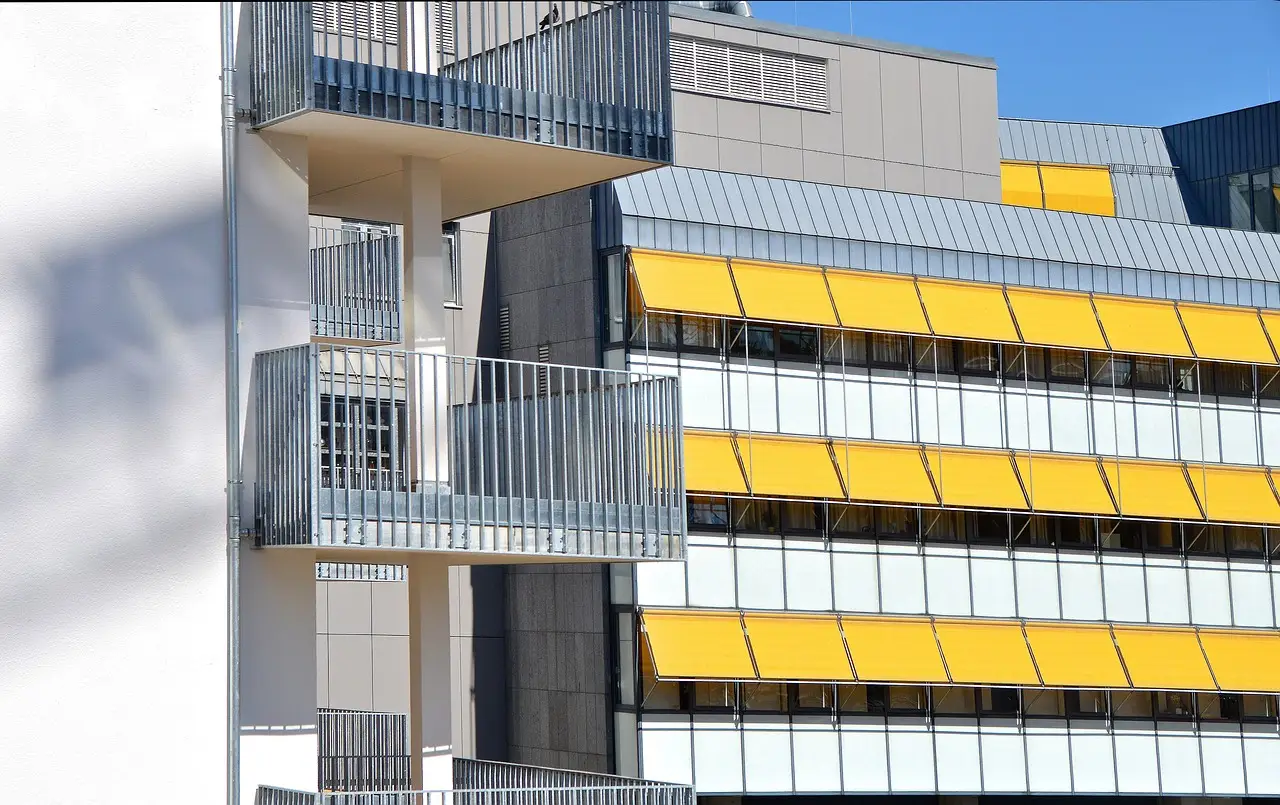Assessing the Impact of Awnings on Energy Expenses in Apartment Living
The Role of Awnings in Reducing Energy Costs for Apartment Residents
In recent years, energy costs have become a significant concern for apartment dwellers. With rising utility bills, residents are increasingly seeking ways to minimize expenses while maintaining comfort in their living spaces. One potential solution that has gained traction is the installation of awnings. These structures not only enhance the aesthetic appeal of a building but may also contribute to energy savings. Understanding the effectiveness of awnings in reducing energy costs in apartments is a critical area of study for both residents and property managers alike.
Understanding Awnings and Their Functionality
Definition of Awnings
Awnings are external structures that are attached to the outside of a building, typically positioned over windows, doors, or patios. Their primary purpose is to provide shade and protection from the elements. In the context of apartments, awnings come in various forms, including retractable and fixed styles.
- Retractable awnings are versatile and can be extended or retracted depending on the weather conditions or personal preference. This allows residents to enjoy sunlight when desired while providing shade during the hottest parts of the day.
- Fixed awnings, on the other hand, are permanently installed and provide consistent shade. They are often found over windows and balconies, serving as a regular fixture in the apartment's exterior design.
How Awnings Work

Awnings function by blocking direct sunlight from entering the apartment, particularly through windows that face the sun's path. This shading effect can significantly reduce the amount of heat that enters the living space. As a result, awnings play a crucial role in temperature regulation by keeping interiors cooler during hot months.
When sunlight is obstructed, the temperature in the apartment can remain lower, which lessens the dependence on air conditioning and other cooling systems. By preventing excessive heat gain, awnings create a more comfortable indoor environment and promote energy efficiency.
Energy Efficiency and Cost-Savings
Potential Energy Savings
The energy savings that can be achieved through the installation of awnings are noteworthy. According to the U.S. Department of Energy, awnings can reduce solar heat gain by up to 65% on south-facing windows and 77% on west-facing windows. This reduction in heat gain is crucial for apartments, where the reliance on heating, ventilation, and air conditioning (HVAC) systems is significant.
With less reliance on air conditioning, residents can expect a notable decrease in their energy bills. Depending on various factors, including the location of the apartment, orientation of windows, and type of awning used, residents may save between 25% to 50% on their overall cooling costs. This is particularly beneficial in regions with long, hot summers, where energy consumption can rapidly escalate.
Comparative Studies
Several studies have been conducted comparing apartments with and without awnings to evaluate their effectiveness in energy savings. For instance, a study published by the American Society of Heating, Refrigerating and Air-Conditioning Engineers found that apartments equipped with awnings experienced a significant decrease in both cooling energy use and peak load demand during summer.
Additionally, research conducted by the Lawrence Berkeley National Laboratory highlighted that buildings with appropriately sized awnings reaped substantial benefits in terms of energy conservation, indicating that strategic awning installation is an essential factor in enhancing energy efficiency.
The findings consistently suggest that awnings can be an effective energy-saving investment for apartment residents looking to lower their utility costs while simultaneously improving their comfort.












